Affiliate links on Android Authority may earn us a commission. Learn more.
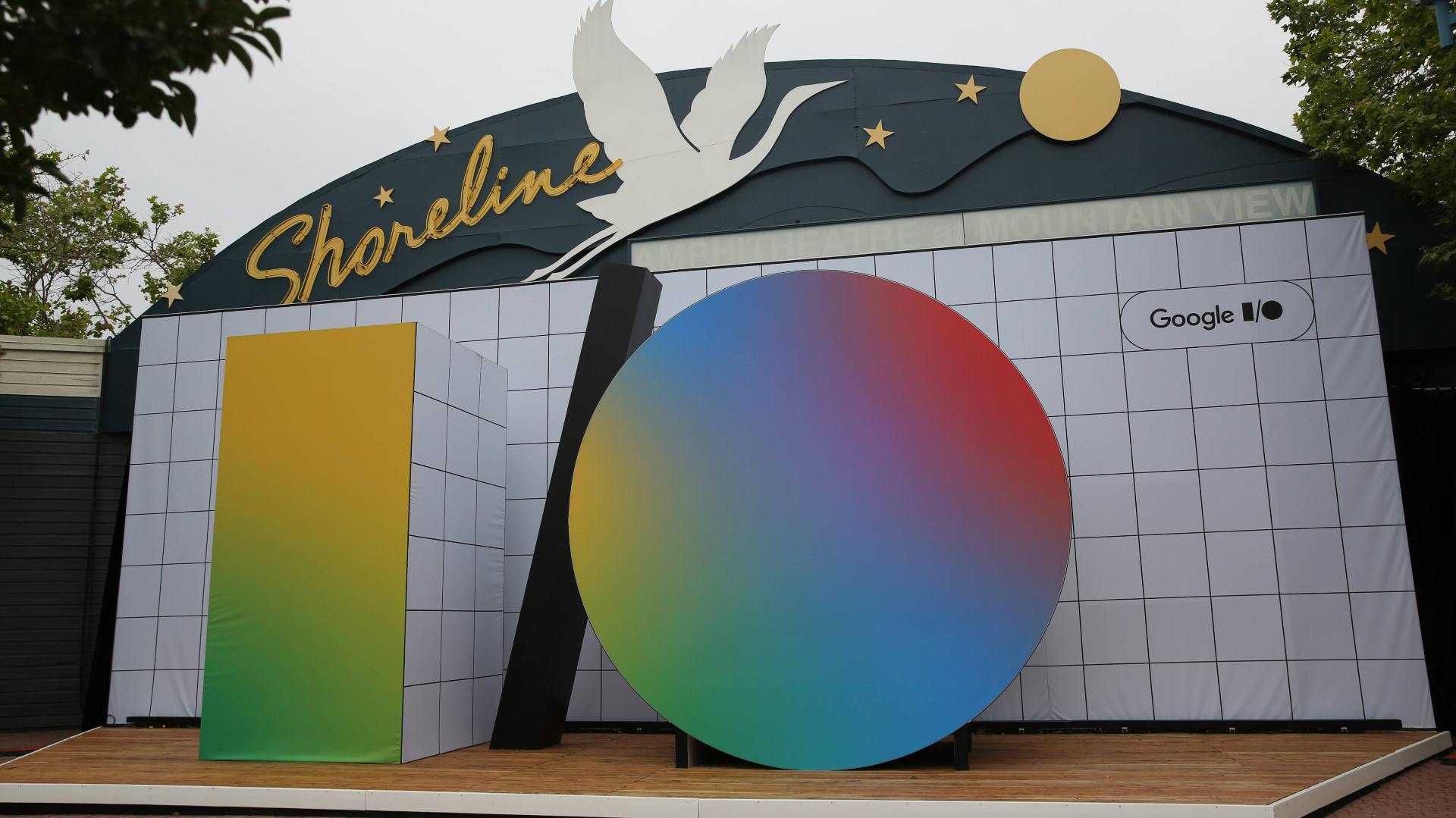
Google I/O 2024: Android 15, AI, and everything else announced
Published onMay 16, 2024
Google I/O 2024 is upon us. The event typically involves developer-related news and advancements. This guide, however, is about consumer-focused things that Google announced during the event.
Google I/O 2024: Important information
- What is Google I/O? Google I/O is the search giant’s yearly developer conference. It’s where developers get updated on the latest technology to improve their apps and other services for the Google ecosystem. It’s also one of the main events for new Google announcements.
- When is Google I/O 2024? This year, Google I/O started on May 14, 2024. It was broadcast live with a small audience in attendance.
- Where will Google I/O 2024 held? Google invited select members of the media and the development community for in-person attendance at the Shoreline Amphitheater in Mountain View, California. For the general public, the event is available for viewing online on the official Google I/O website and Google’s YouTube channel. You can also watch our wrap-up of the event.
What was unveiled at Google I/O 2024?
Google started the event with various AI announcements. The second day followed up with announcements for Android 15, Google TV, Wear OS 5, Android Auto, and more. You can click on the links below to be taken directly to each section:
- Android 15
- More AI features
- Wear OS 5 incoming
- Google TV and Android TV update
- Other things
- What about the Pixel 8a?
Android 15
We’ve already had a taste of what’s to come with Android 15 via the developer previews and beta, but we got even more news at Google I/O 2024. While the first day was focused mostly on Gemini and the various AI features coming to the Android ecosystem, Google did confirm that it would announce the Android 15 Beta 2 rollout on May 15. On the second day of the event, the company announced:
- Private Space: Private Space will allow users to create a separate, secure environment for sensitive apps and data.
- Live Threat Detection: An AI-powered feature that detects suspicious app behavior.
- Scam, fraud, and surveillance protection: Additional features to maintain privacy and security.
- Theft Detection Lock: A feature that automatically locks your phone if it detects the phone has been stolen.
- Android 15 Beta 2: The second beta for Android 15 has rolled out.
- Project Gameface: A feature that uses your head movement and facial gestures to control a computer cursor.
- Game On: Google patterned with McLaren Formula 1 to create mini-games that showcase the latest features in Android 15.
Some of the most interesting changes in Android 15 so far are satellite connectivity, partial screen-sharing options, and some minor changes to the way notifications work. There’s plenty more in there, so check out our full guide to learn more. And you can even test it yourself if you’re feeling adventurous.
More AI features
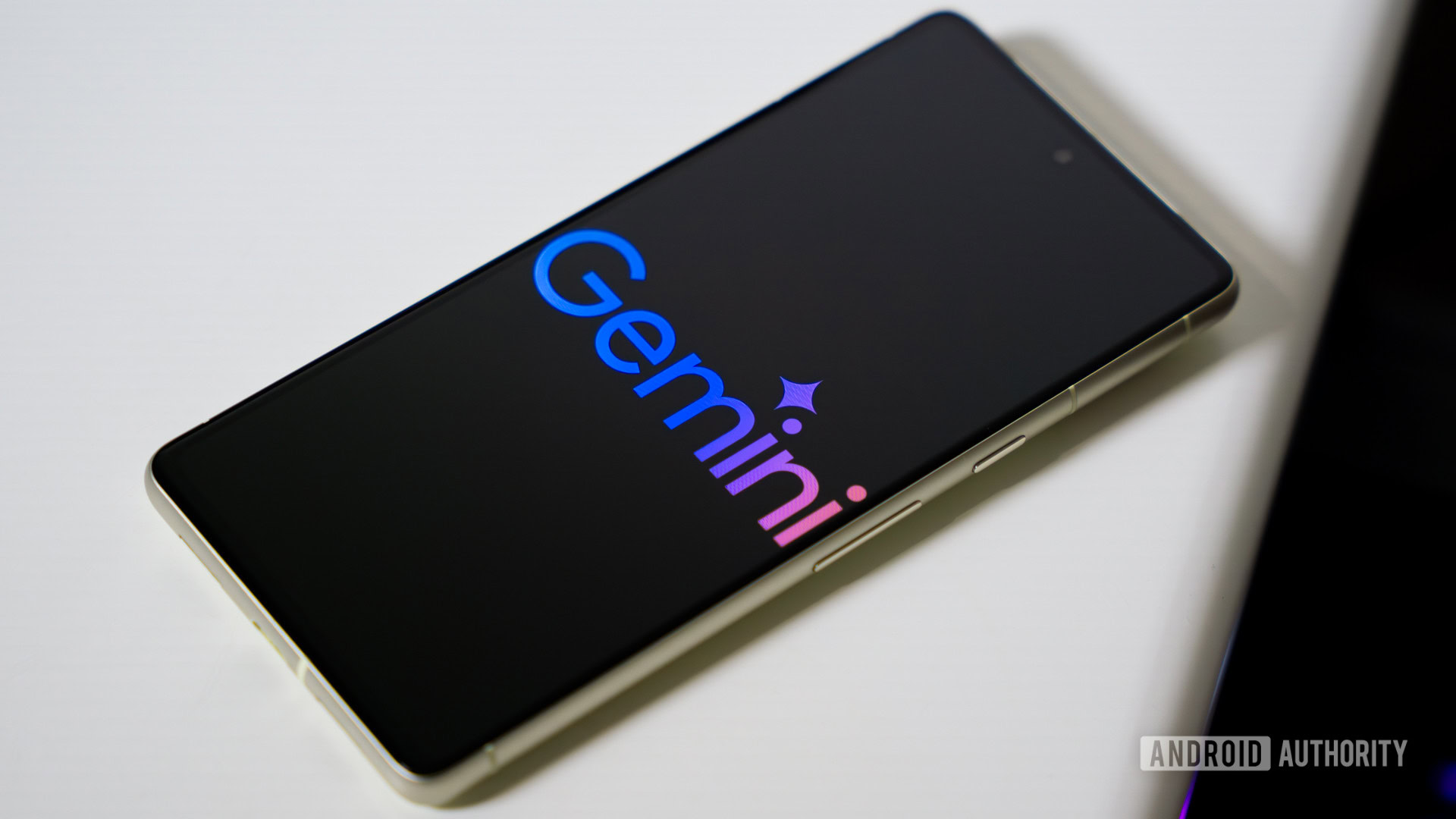
On the software side, we were expecting Google to announce even more AI features to pair with its existing and future Pixel devices, and that’s exactly what we got. Here is everything AI-related that was announced for consumers on Day 1 of the event.
- Circle to Search homework help: Circle to Search now makes it easier to search for instructions and answers without leaving the digital homework screen. It can also solve more complex problems involving symbolic formulas, diagrams, graphs, and more.
- Circle to Search expansion: Google plans to expand the AI-powered feature to 200 million devices by end of 2024.
- Gemini-powered “Ask this video” and “Ask this PDF”: Ask this video will answer any questions you have about a video. While Ask the PDF is a Gemini Advanced exclusive that allows users to ask questions about the document.
- Ask Photos: Allows users to interact with their photo library through natural language queries submitted to Gemini.
- AI Overviews: AI Overviews is expanding to all users in the US.
- Google Search: Google Search is being enhanced to answer complex questions, understand video queries, and be capable of helping you plan.
- Gemini supports drag-and-drop: Gemini’s overlay now floats above the apps you’re using. It also allows you to drag and drop AI-generated photos into the apps you’re using.
- Project Astra: An AI chatbot “universal agent” capable of quickly answering questions about objects and more in your camera viewfinder.
- Gemini scam call alerts: A new Gemini-powered feature will alert users about potential scam calls.
- Veo: Veo is a generative AI video model that can create videos from text, images, and video prompts.
- Dynamic Suggestions: Gemini Nano will soon offer more contextual suggestions that take your conversation into account before offering better-tailored search suggestions.
- Gemini Live: A new experience for mobile to let you have more natural conversations with AI.
- Gems: Users can create custom Gemini assistants with varying personalities.
- Gemini Nano upgrade for Pixel 9: The Pixel 9 series will be the first device to get the new and improved Gemini Nano.
- AI-enhanced Dinosaur game: Google infused its beloved Dinosaur game with generative AI.
- Gemini on Google TV: Google’s generative AI model is headed to Google TV.
Wear OS 5 incoming
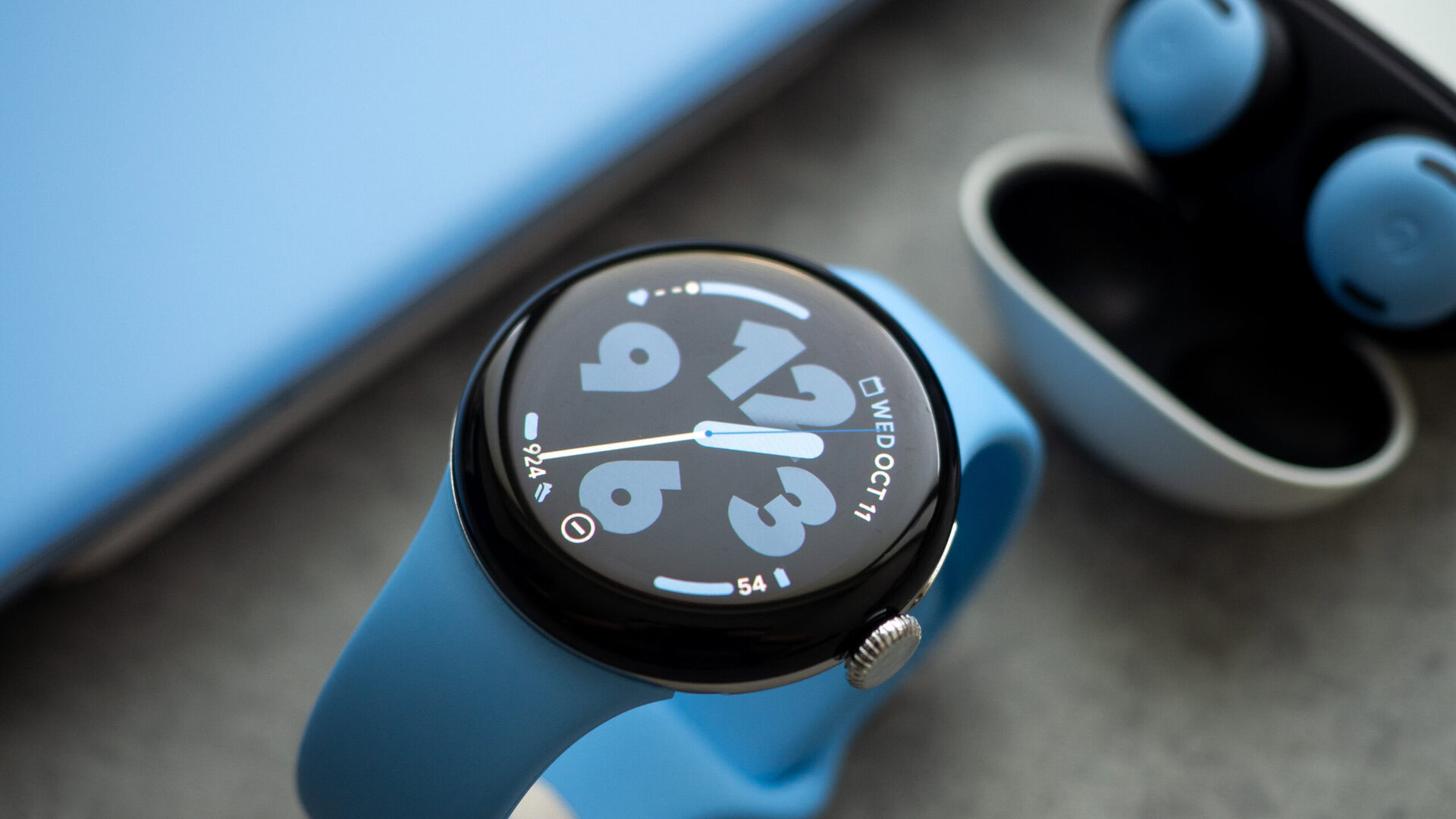
Google provided us with some information through its scheduled Google I/O sessions. After some digging, we discovered that one of them mentioned Wear OS 5. The session covered new features and enhancements, such as “advances in the Watch Face Format and how to design and build for the increasing range of device sizes.” Here is everything that was announced in regard to Wear OS 5:
- Wear OS 5 developer preview: Google has released the Wear OS 5 developer preview.
We don’t know much else about the wearable platform’s next big upgrade outside of this preview, but here’s our Wear OS 5 wishlist if you want to geek out with us.
Google TV and Android TV update
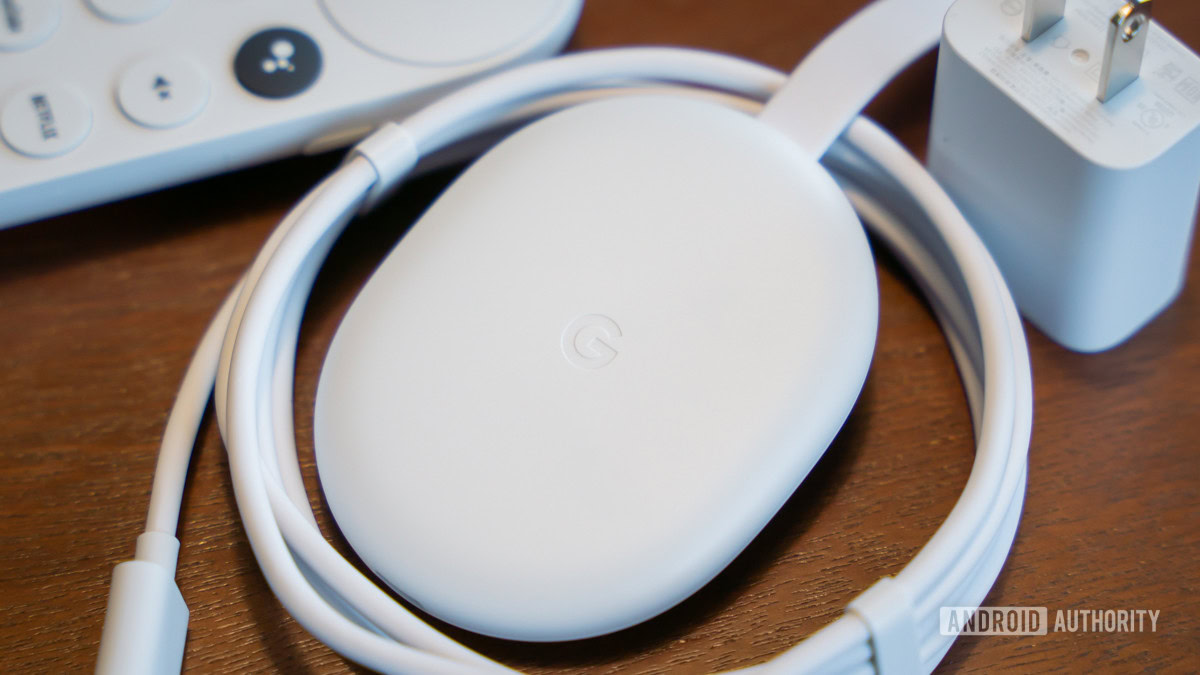
Here’s some extra information we were able to pull from a Google I/O session page. The page refers to “new user experience enhancements in Google TV and the latest additions to the next Android TV OS platform update.” There were a few interesting announcements related to this.
- Android 14: Google announced Android 14 for Android TV and Google TV.
- Google TVs will double as hubs: Google is upgrading its hubs so Google TV devices can become smart home hubs.
Other things
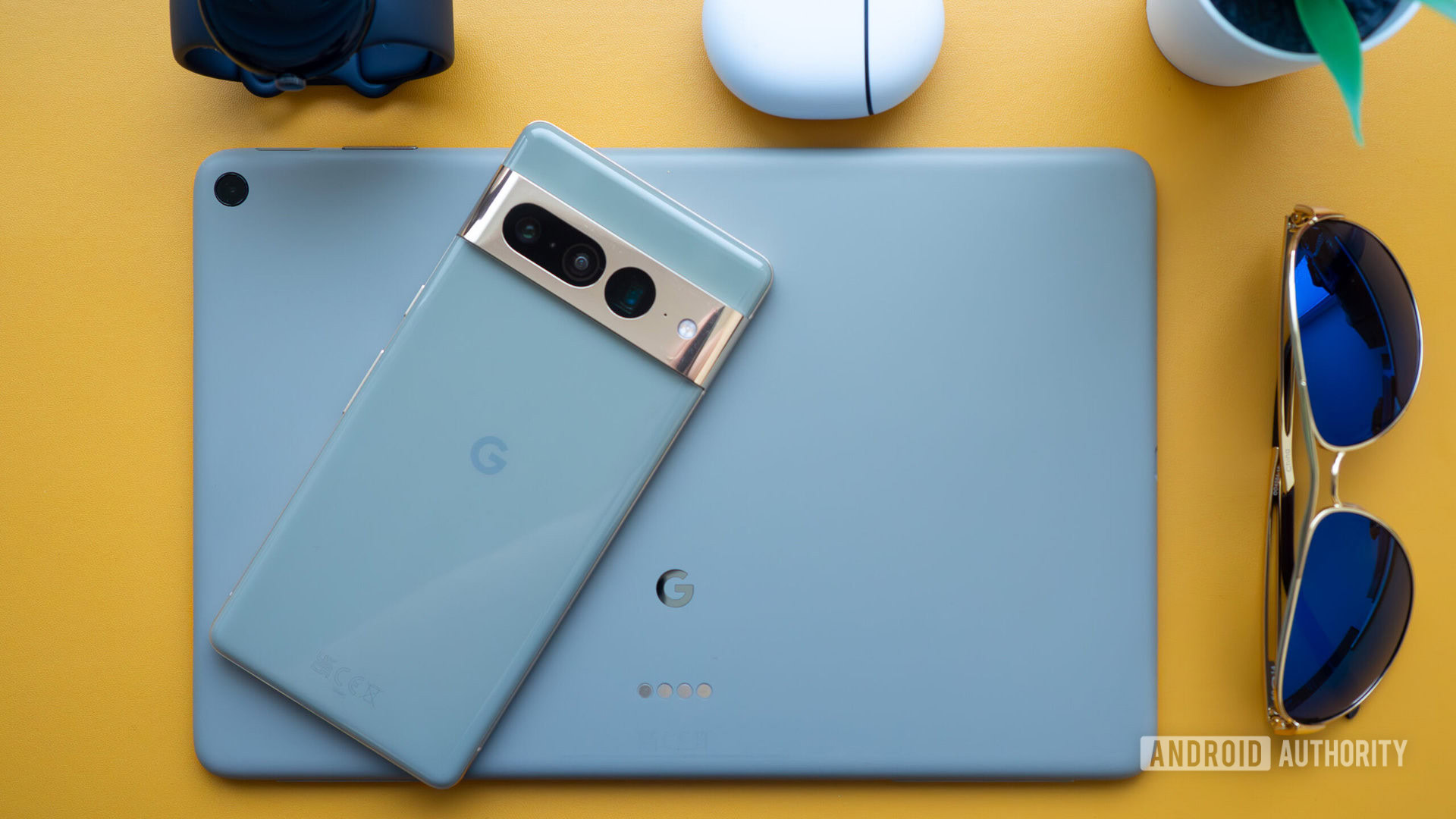
While those are the biggest announcements we’ve seen so far, here are a few more things that trickled out of the event:
- More Android Auto apps: Google is bringing new streaming and entertainment apps to cars with Google Built-in.
- Google Cast support in Android Auto: Users will be able to cast videos from their phones and tablets onto their car screens.
- Geospatial AR content in Maps: Google Maps is getting more interactive with geospatial AR content.
- Text-only passes: Google Wallet will add support for digital versions of passes that only contain text.
- Home APIs: Google is launching Home APIs so that apps and experiences can access Google’s smart home platform.
- VR and AR: During day one, Google nonchalantly showed off some AI glasses while talking about Project Astra.
What about the Google Pixel 8a?
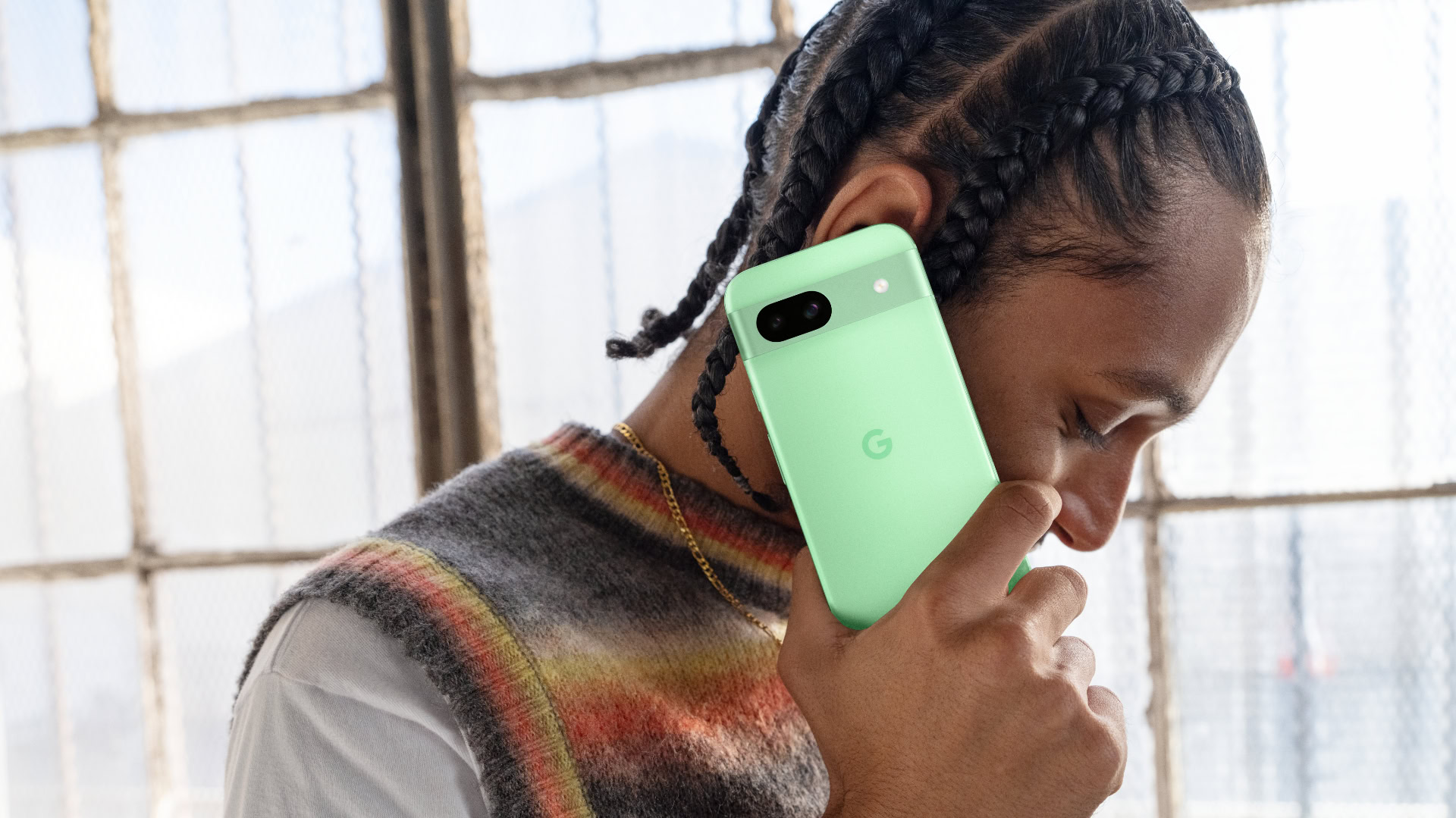
Unlike last year, Google didn’t wait until I/O to launch its latest mid-range smartphone. The Google Pixel 8a officially broke cover a week before the conference’s opening day, unveiling an A-series smartphone that’s more like its flagship siblings than ever before.
The Pixel 8a shares several traits with the Pixel 7a it replaces, including its camera setup and configs. However, it now boasts the Tensor G3 SoC, a new 120Hz display, and a seven-year software update policy. Best of all, the Pixel 8a shares the same $499 price tag as its predecessor at launch, making it excellent value for money.
Pre-orders started on May 7 in the US, UK, and other European countries, but the device’s general sale commenced on May 14 at I/O.